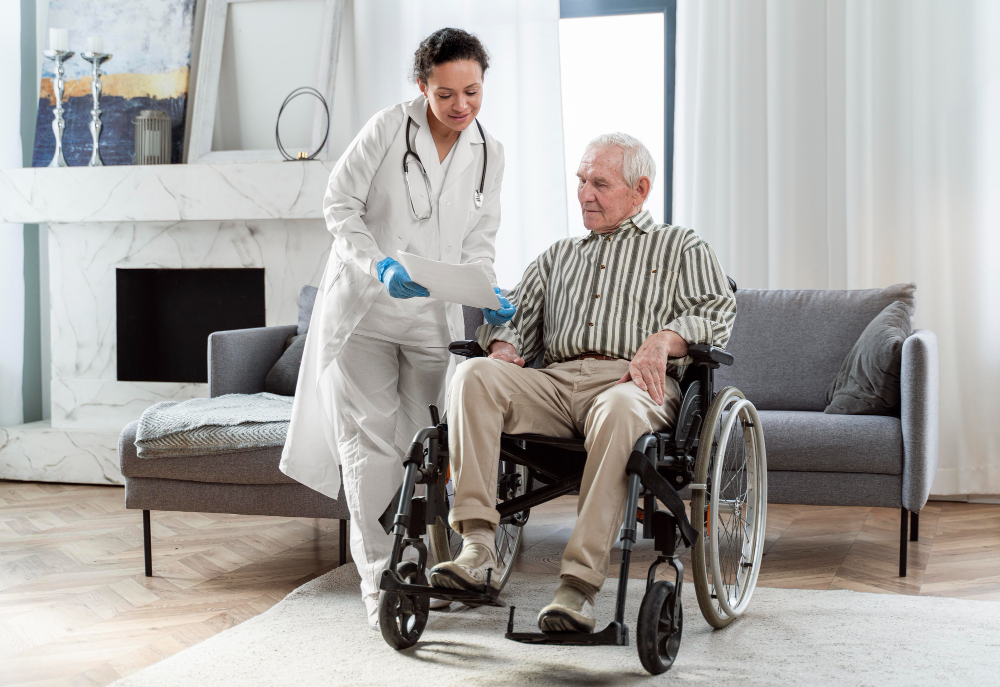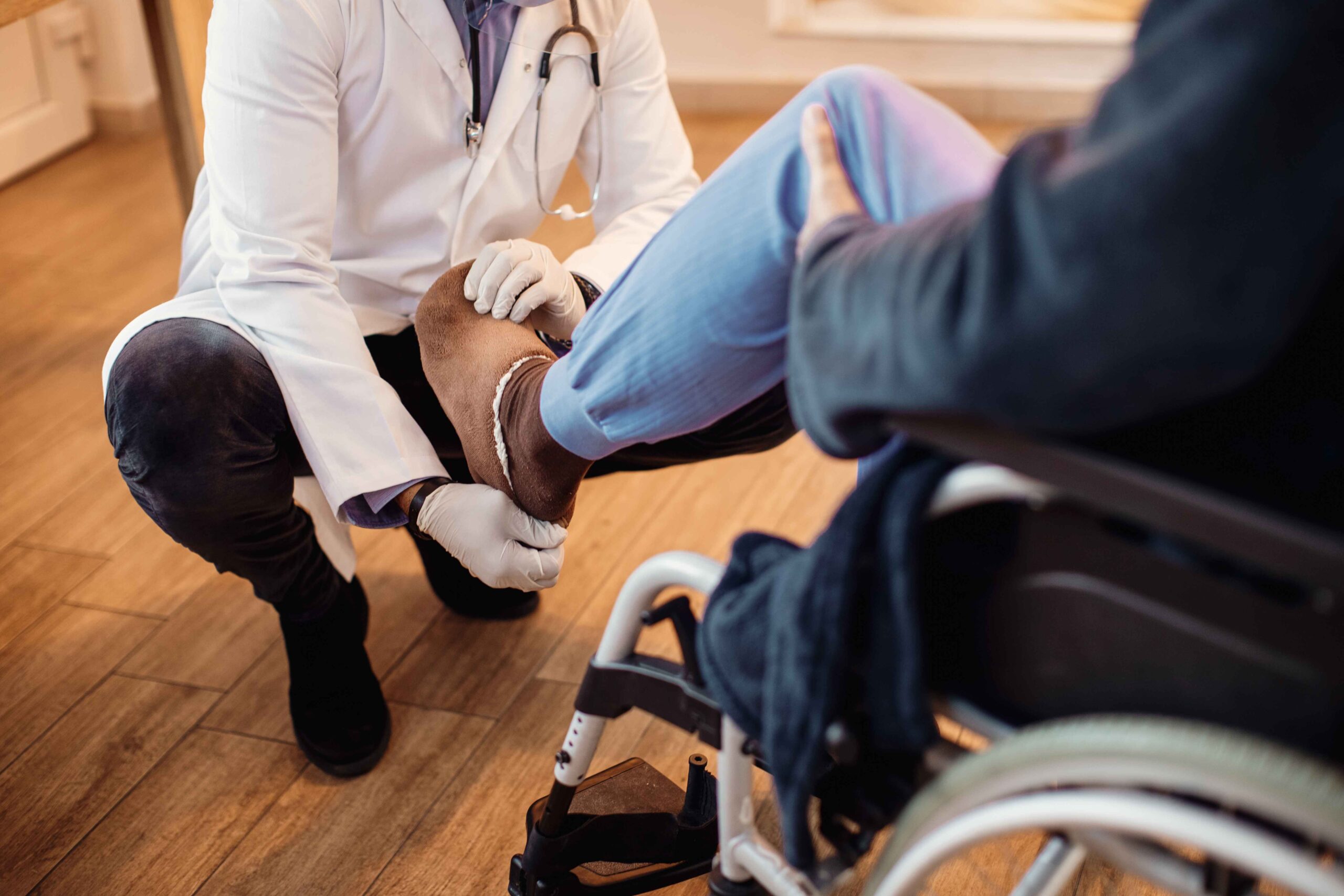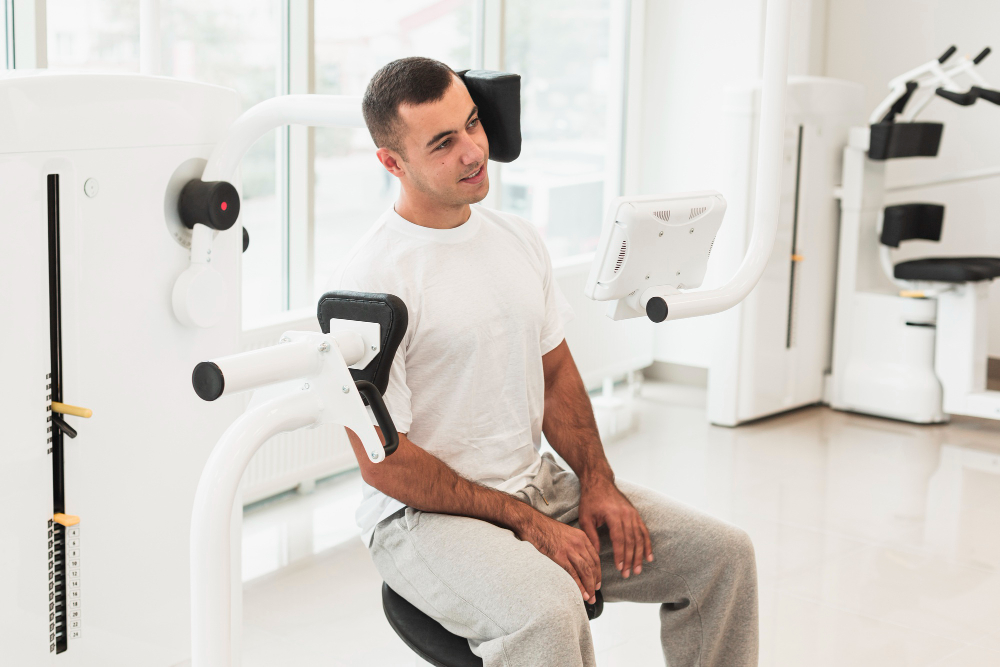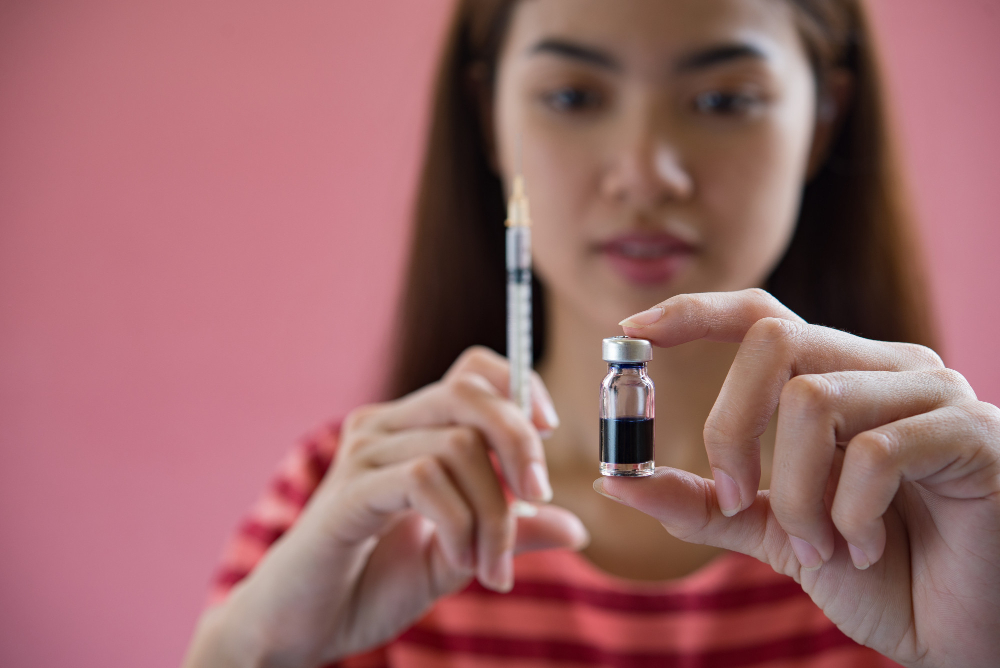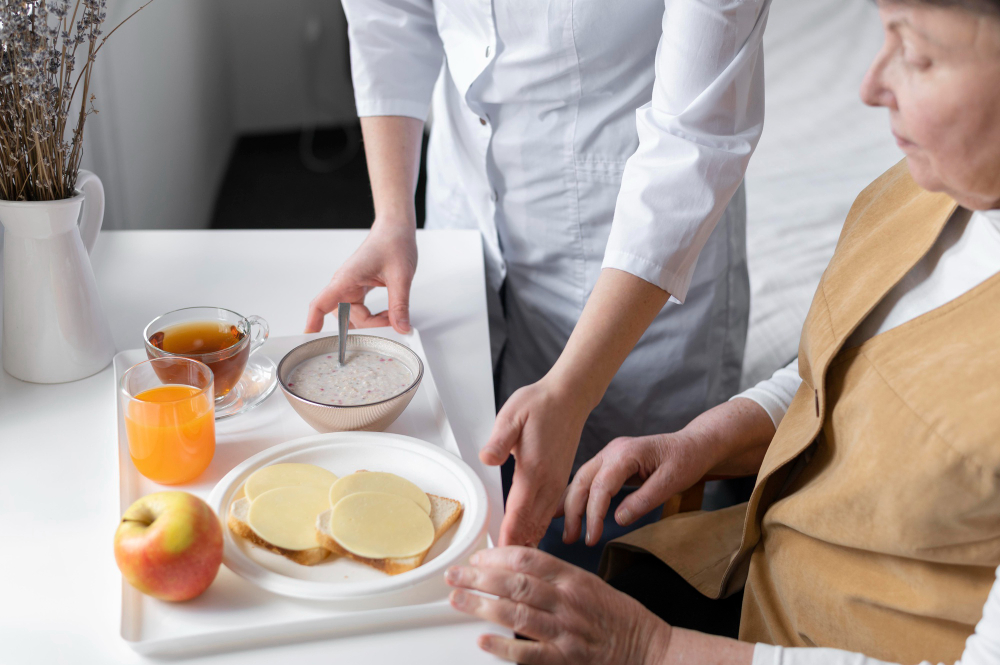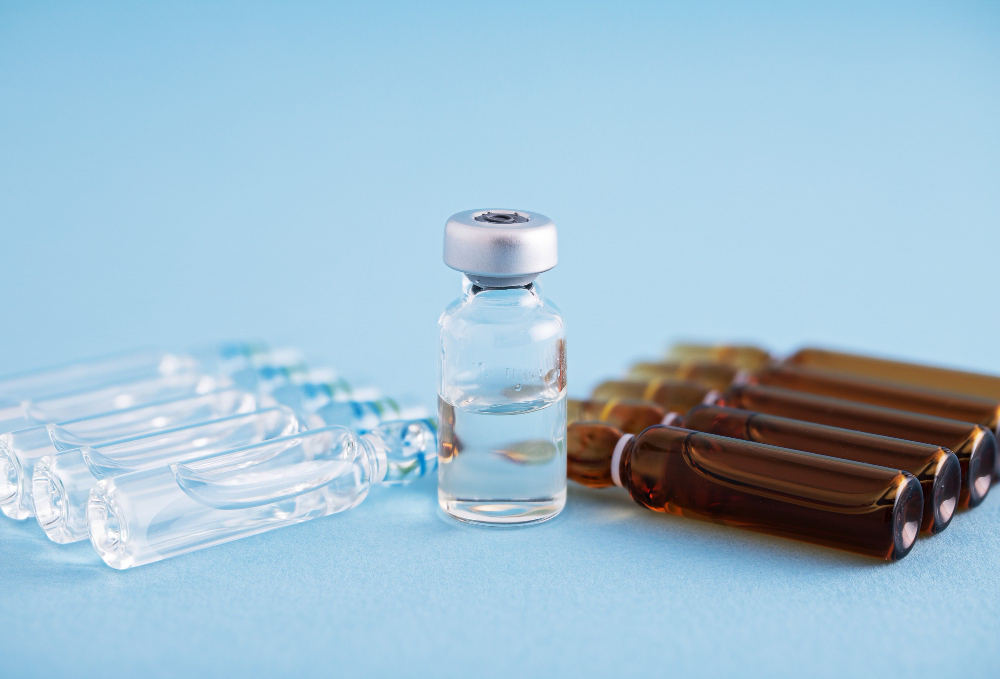
Last updated on by MRC
Living with persistent pain can make even simple tasks exhausting. Finding a treatment that offers real, lasting relief is no longer optional—it’s essential for reclaiming your life. Among the many treatment options available today, PRP injections and steroid injections have gained significant attention for relieving joint pain, inflammation, and musculoskeletal discomfort.
But when it comes to PRP vs. steroid injections, which works better and which one is right for you? Let’s explore both treatments in detail to help you make an informed decision.
PRP (Platelet-Rich Plasma) injection is a regenerative treatment that uses the patient’s own blood to accelerate healing in damaged tissues, tendons, or joints.
Here’s how it works:
A small sample of your blood is drawn and spun in a centrifuge to separate the platelet-rich plasma from other components. This concentrated plasma, rich in growth factors and healing proteins, is then injected into the affected area to stimulate tissue repair and reduce inflammation.
PRP therapy for joint pain is commonly used for:
Unlike medications or steroids, PRP addresses the root cause of the problem by promoting natural healing rather than just masking the pain.
Steroid injections, also known as corticosteroid injections, are anti-inflammatory treatments designed to reduce pain and swelling in affected joints, tendons, or muscles.
These injections work by suppressing the immune system’s inflammatory response. They provide quick relief—often within a few days—but their effects may last only a few weeks or months.
Steroid injections are often used for:
While they offer immediate comfort, repeated use may cause side effects like tissue thinning, increased blood sugar, or weakened tendons.
The table below highlights the key differences between PRP and steroid injections to help you understand how each works and what to expect.
| Aspect | PRP Injection | Steroid Injection |
|---|---|---|
| Composition | Made with the patient’s own blood containing concentrated platelets and growth factors. | Synthetic corticosteroid medication |
| Mechanism of Action | Stimulates natural healing and tissue regeneration. | Quick relief within a few days |
| Duration of Result | Gradually being noticeable results in 3-4 weeks | Quick relief within a few days |
| Effects Remains | Long-lasting, like 6 months – 1 year | Short-term effect, weeks to a month |
| Ideal for | Chronic joint pain, tendon or ligament injuries | Acute inflammation or accidental case |
| Side Effects | Minimal- own blood is used in the process | Possible- damage tissue, tendon weakening, infection risk |
When it comes to paralysis or post-stroke rehabilitation, the goal of treatment extends beyond just pain relief—it’s about restoring movement, improving muscle function, and supporting nerve recovery.
Both PRP injections and steroid injections can play a role in managing secondary complications such as joint stiffness, spasticity, or muscle pain. However, their purpose and outcomes differ significantly:
Clinical observations suggest that PRP injections can complement rehabilitation programs by promoting the body’s natural healing response, reducing spasticity, and improving mobility over time.
Both treatments are generally safe when performed by qualified medical professionals, but their risk profiles and long-term benefits differ notably.
Since PRP therapy uses your own blood, the chances of allergic reactions or infections are extremely low. You may experience mild soreness or swelling at the injection site, which typically subsides within a few days. It’s a biocompatible and natural healing method, making it ideal for patients seeking a safer, non-surgical solution for chronic pain or post-injury recovery.
While effective for short-term relief, frequent or high-dose steroid injections may lead to complications such as tissue degeneration, cartilage thinning, or hormonal imbalance. For this reason, they are usually prescribed sparingly and under strict medical supervision.
At Medical Rehabilitation Centre, every injection therapy is conducted with advanced clinical precision and individualized care. Our specialists carefully evaluate each patient’s condition to determine the most effective and safest treatment—whether it’s PRP therapy, joint pain injections, or a custom rehabilitation program.
At Medical Rehabilitation Center (MRC), we specialise in advanced, non-surgical pain management techniques, including PRP injections and joint pain injections. Our PRP treatment in Kolkata, provides expert physiatrists and rehabilitation specialists ensure that every patient receives personalised care, combining medical expertise with compassionate guidance.
Whether you’re dealing with arthritis, sports injuries, or chronic joint pain, MRC provides scientifically backed, evidence-based treatments to help you move freely and live pain-free again.
Book your consultation today at MRC and discover how PRP therapy for joint pain can restore your mobility—naturally and effectively.
No medical treatment, including a PRP injection, can guarantee 100% effectiveness. However, most patients experience significant pain relief, improved joint mobility, and faster tissue healing. Results vary based on the severity of the condition and overall health. At MRC, we offer personalized PRP treatment in Kolkata, ensuring the best outcomes with safe, evidence-based protocols.
Yes, you can undergo PRP therapy after steroid (cortisone) injections, but timing is important. Steroids reduce inflammation temporarily, whereas PRP injections stimulate natural healing. Doctors generally recommend waiting 4–6 weeks after a cortisone shot before starting PRP therapy.
Absolutely. PRP therapy for joint pain, including the sacroiliac (SI) joint, can reduce inflammation, promote tissue repair, and improve stability. Unlike steroid injections, which offer temporary relief, PRP injections provide longer-lasting benefits.
Studies show PRP injections for back pain have a success rate of 70–90%, depending on the underlying issue. Many patients notice sustained pain relief and improved mobility. At MRC, we combine PRP therapy with physiotherapy and rehabilitation programs, enhancing recovery and helping patients achieve long-term relief from joint and muscle pain.
